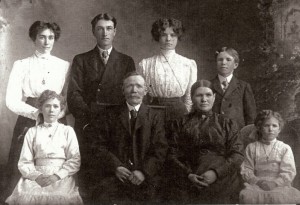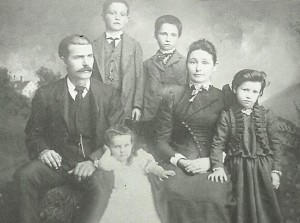filter
 In a world where we have all become professionals at photography, carrying our cameras with us all the time, because they are built into our phone, the selfie picture has become the norm in society. We use every version of facial expression from a smile, to a pout, to a look of shock, to a look of anger…real or faked. We use no smile, a toothy grin, or a soft closed-mouth smile, or we might even pucker up, or stick out our tongue. The idea of the unusual or even ridiculous smile is as commonplace as is picture taking itself.
In a world where we have all become professionals at photography, carrying our cameras with us all the time, because they are built into our phone, the selfie picture has become the norm in society. We use every version of facial expression from a smile, to a pout, to a look of shock, to a look of anger…real or faked. We use no smile, a toothy grin, or a soft closed-mouth smile, or we might even pucker up, or stick out our tongue. The idea of the unusual or even ridiculous smile is as commonplace as is picture taking itself.
It wasn’t always so, however. When we look at pictures from the early days of photography, the people almost always appear straight-faced, and almost angry. Many people theorized that they didn’t smile because they had bad teeth. It was all too common prior to the days of modern dentistry. As it turns that wasn’t the case, since there were plenty of individuals who had fabulous teeth, yet still kept their mouths shut during pictures. Not to mention, humans can smile without showing their teeth. Another theory was that that because the cameras of old took time to set up and had a long exposure period, anywhere from five minutes to more than 30. It was impractical to hold a smile so long. While that idea does make sense, it doesn’t explain why subjects were  rarely depicted smiling in old paintings or why people didn’t start showing their pearly whites in the 1840s when exposure times for photos were under a minute. While these issues might have prevented some from smiling, the major reason for the serious looks was because most people thought smiling made them look ridiculous. Ultimately, the real reason folks didn’t smile was because they thought it made them look stupid. Many people don’t think they have a great smile. They think their smile makes them look goofy, and they didn’t want that to be how they were remembered. Mark Twain summed it up best when he said, “A photograph is a most important document, and there is nothing more damning to go down to posterity than a silly, foolish smile caught and fixed forever.”
rarely depicted smiling in old paintings or why people didn’t start showing their pearly whites in the 1840s when exposure times for photos were under a minute. While these issues might have prevented some from smiling, the major reason for the serious looks was because most people thought smiling made them look ridiculous. Ultimately, the real reason folks didn’t smile was because they thought it made them look stupid. Many people don’t think they have a great smile. They think their smile makes them look goofy, and they didn’t want that to be how they were remembered. Mark Twain summed it up best when he said, “A photograph is a most important document, and there is nothing more damning to go down to posterity than a silly, foolish smile caught and fixed forever.”
These days, that thought is ridiculous. People smiled and laughed in those days, so how could it make them look ridiculous? I find it funny that in different eras, different things are cool or not cool, or even ridiculous. It would seem that each generation has their own uniqueness, and often the prior generation things they are crazy…as do the future generations. According to Nicholas Jeeves, who wrote an extensive article on the topic, by the 17th century “it was a well-established fact that the only people who smiled broadly, in life and in art, were the poor, the lewd, the drunk, the innocent, and the entertainment.” These days, we smile in photos to 
 show happiness or warmth, but back then it was viewed as the equivalent of duckface…a look no self-respecting Victorian would want recorded. As photography advanced and became more common, folks didn’t have to choose a single expression to serve as their memorial for the ages, which opened them up to showing a range of expressions in photos. Still, we can only imagine what the people of the past would think of the hundreds of thousands of pics that are now taken every minute, complete with our foolish smirks, photobombs, and even goofy filtered selfies.
show happiness or warmth, but back then it was viewed as the equivalent of duckface…a look no self-respecting Victorian would want recorded. As photography advanced and became more common, folks didn’t have to choose a single expression to serve as their memorial for the ages, which opened them up to showing a range of expressions in photos. Still, we can only imagine what the people of the past would think of the hundreds of thousands of pics that are now taken every minute, complete with our foolish smirks, photobombs, and even goofy filtered selfies.

